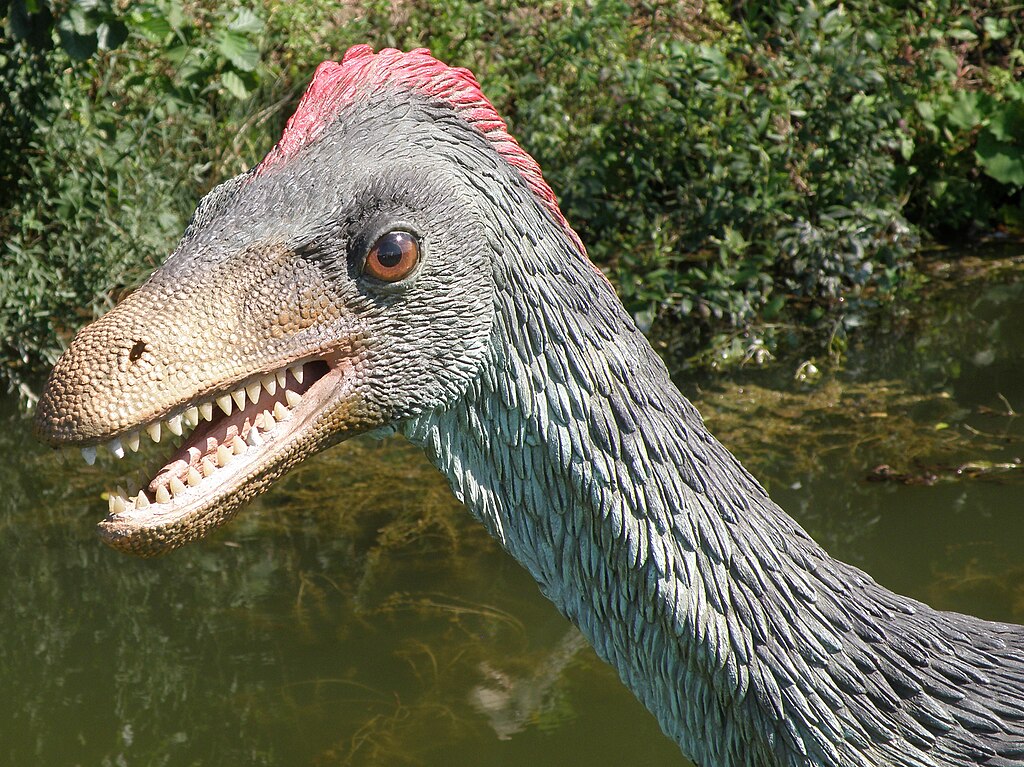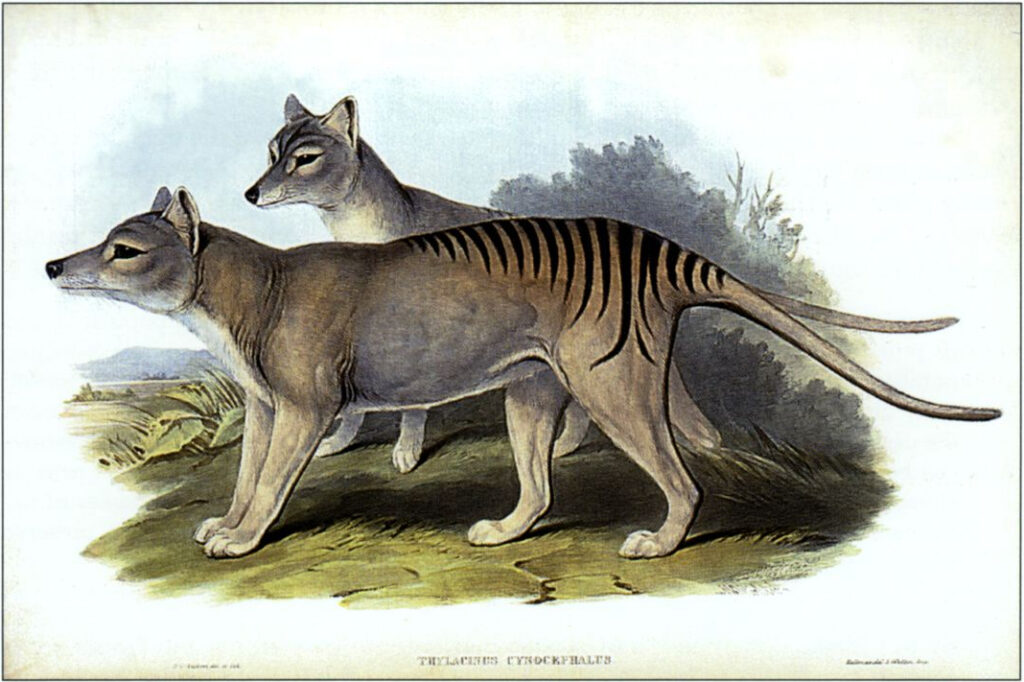Imagine walking across a muddy riverbank 230 million years ago, your feet sinking slightly into the soft sediment with each step. Now imagine those same footprints being preserved for hundreds of millions of years, waiting to tell their story to curious humans who wouldn’t exist for eons. This is exactly what happened during the Triassic Period, when the first dinosaurs left their mark on Earth in ways that would revolutionize our understanding of prehistoric life.
The Dawn of Giants in Miniature
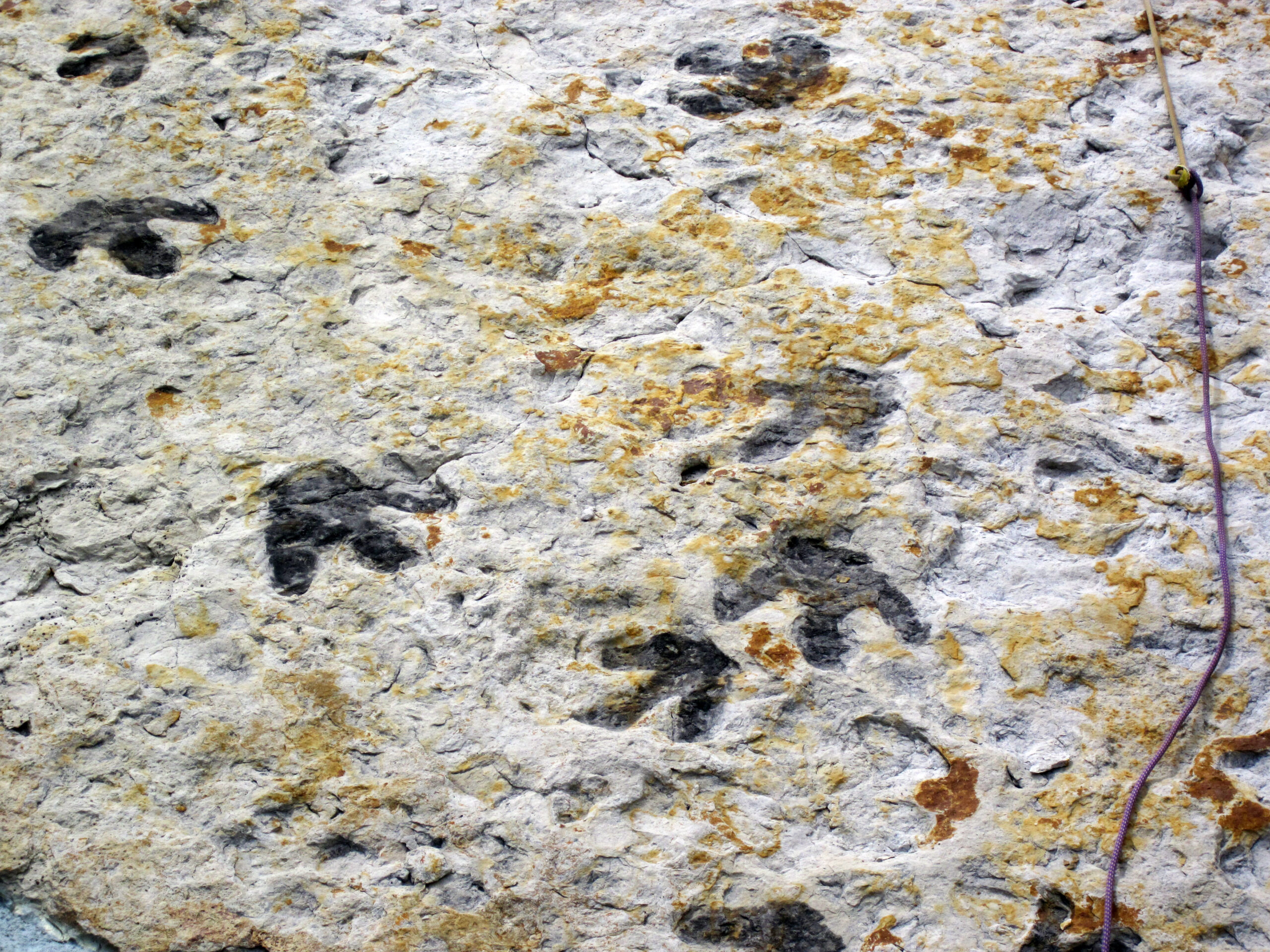
The Triassic Period wasn’t dominated by the massive dinosaurs we often picture in movies. Instead, these early pioneers were surprisingly small, with most species ranging from the size of a house cat to that of a large dog. Their footprints, discovered in rock formations across the globe, reveal creatures that were nimble, quick, and perfectly adapted to a world still recovering from the greatest mass extinction in Earth’s history.
These ancient tracks show us that early dinosaurs were far from the lumbering giants they would eventually become. The stride patterns indicate rapid, efficient movement, suggesting these creatures were already developing the locomotion advantages that would make them so successful. Each preserved footprint is like a snapshot frozen in time, capturing a single moment in the daily life of Earth’s newest rulers.
Reading the Ancient Sidewalks
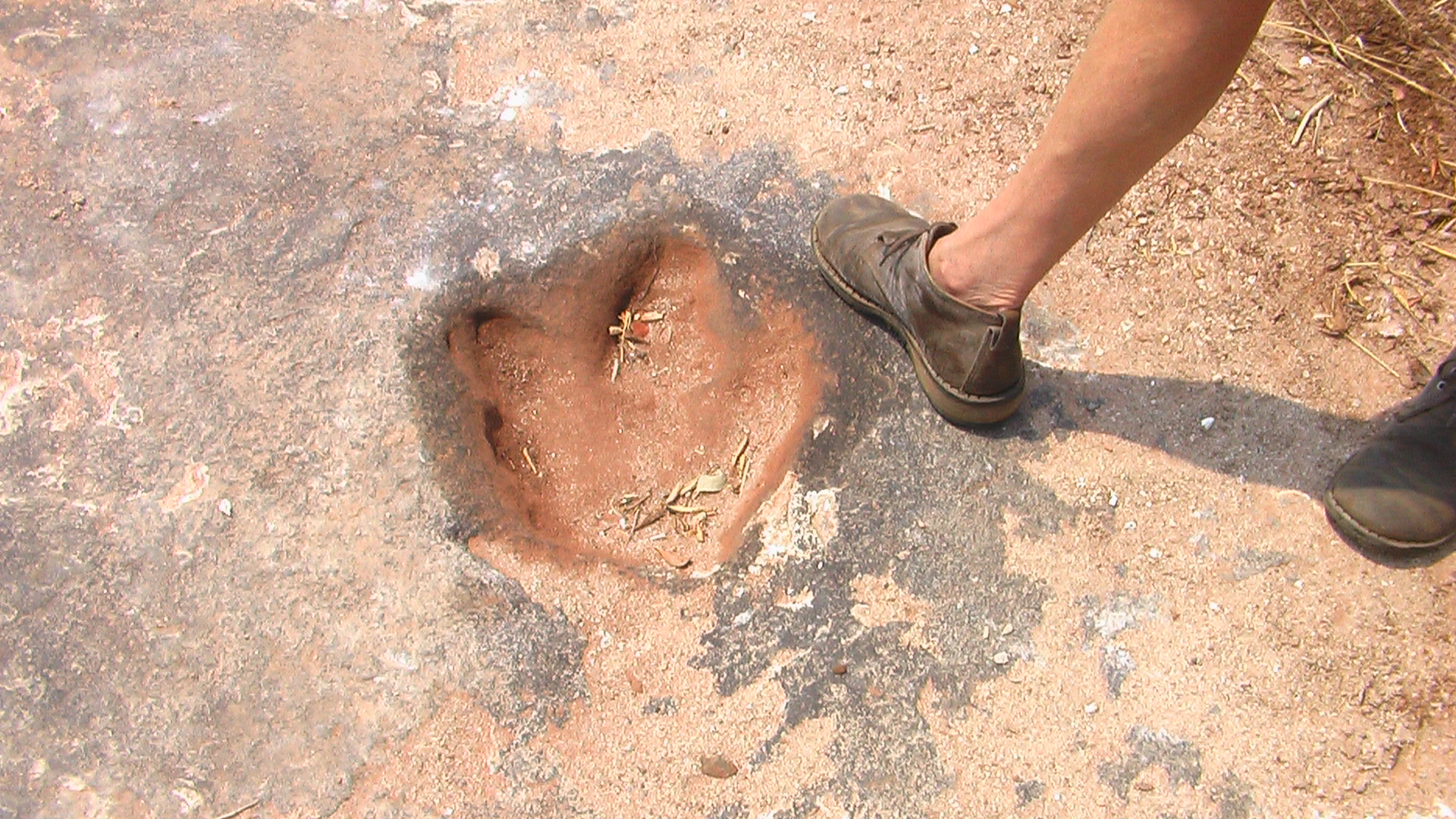
Paleontologists have become skilled detectives when it comes to interpreting fossilized footprints. The depth of each impression tells us about the animal’s weight, while the spacing between tracks reveals speed and gait. The shape and size of the footprints can indicate whether the dinosaur walked on two legs or four, and even provide clues about their posture and balance.
What makes these Triassic tracks particularly fascinating is their pristine preservation. Many were formed in ideal conditions – wet sediment that was firm enough to hold the shape but soft enough to capture fine details. Some tracks even show individual toe pad impressions and claw marks, providing an intimate glimpse into the anatomy of these ancient creatures.
The sediment layers surrounding the tracks also tell their own story, revealing the environmental conditions when these dinosaurs lived. Seasonal flooding patterns, drought cycles, and even daily weather variations can be read from the geological record surrounding each footprint.
The Social Lives of Early Dinosaurs

One of the most surprising discoveries from Triassic trackways is evidence of social behavior among early dinosaurs. Multiple parallel trackways suggest that some species moved in groups, challenging the long-held belief that dinosaurs were primarily solitary creatures. These fossil highways show us that cooperation and group dynamics were already emerging in the earliest dinosaur communities.
The spacing and organization of these group trackways reveal sophisticated social structures. Some tracks show larger individuals leading smaller ones, possibly indicating family groups or herds with established hierarchies. Other formations suggest coordinated hunting or migration patterns, demonstrating that these early dinosaurs were far more intelligent and socially complex than previously imagined.
Speed Demons of the Triassic
The mathematics of fossilized footprints has allowed scientists to calculate the running speeds of long-extinct dinosaurs with remarkable accuracy. By measuring stride length and using biomechanical formulas, researchers have determined that some early dinosaurs could reach speeds of up to 25 miles per hour – impressive for creatures that lived over 200 million years ago.
These speed calculations have revealed that early dinosaurs were among the fastest land animals of their time. Their bipedal locomotion gave them a significant advantage over the sprawling reptiles that dominated the landscape before them. The evidence suggests that speed was one of the key evolutionary advantages that allowed dinosaurs to rapidly diversify and spread across the globe.
Hunting Strategies Written in Stone
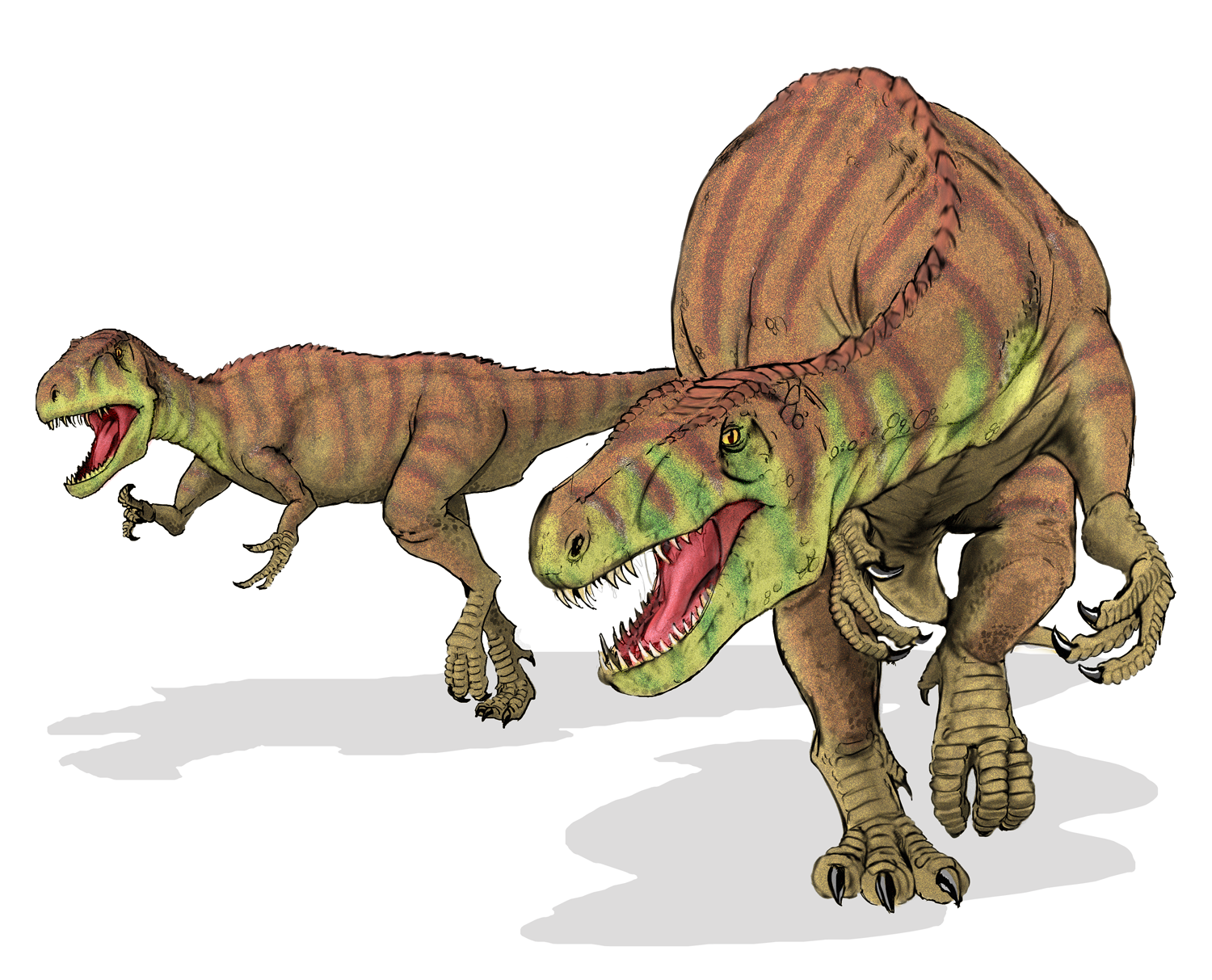
Some of the most dramatic Triassic trackways tell stories of predator-prey interactions that played out millions of years ago. Convergent trackways show predators pursuing their prey, while sudden changes in direction and stride length indicate evasive maneuvers and chase sequences. These fossil crime scenes provide direct evidence of hunting behaviors that would otherwise be impossible to study.
The preserved evidence shows that early dinosaur predators were already developing sophisticated hunting strategies. Some tracks indicate ambush tactics, with predators lying in wait near water sources or game trails. Others suggest pack hunting behavior, with multiple predators coordinating their attacks on larger prey animals.
The Great Triassic Experiment
The diversity of Triassic dinosaur tracks reveals an incredible period of evolutionary experimentation. Within just a few million years, dinosaurs had evolved an amazing variety of body sizes, locomotion styles, and ecological niches. The fossil record shows everything from tiny insectivores to larger carnivores, all living alongside each other in the same ancient ecosystems.
This rapid diversification is evident in the wide range of track types found in Triassic formations. Some show the delicate impressions of bird-like dinosaurs, while others reveal the heavy footfalls of early sauropod ancestors. The variety suggests that dinosaurs were already filling many of the ecological roles they would dominate for the next 165 million years.
Environmental Detectives
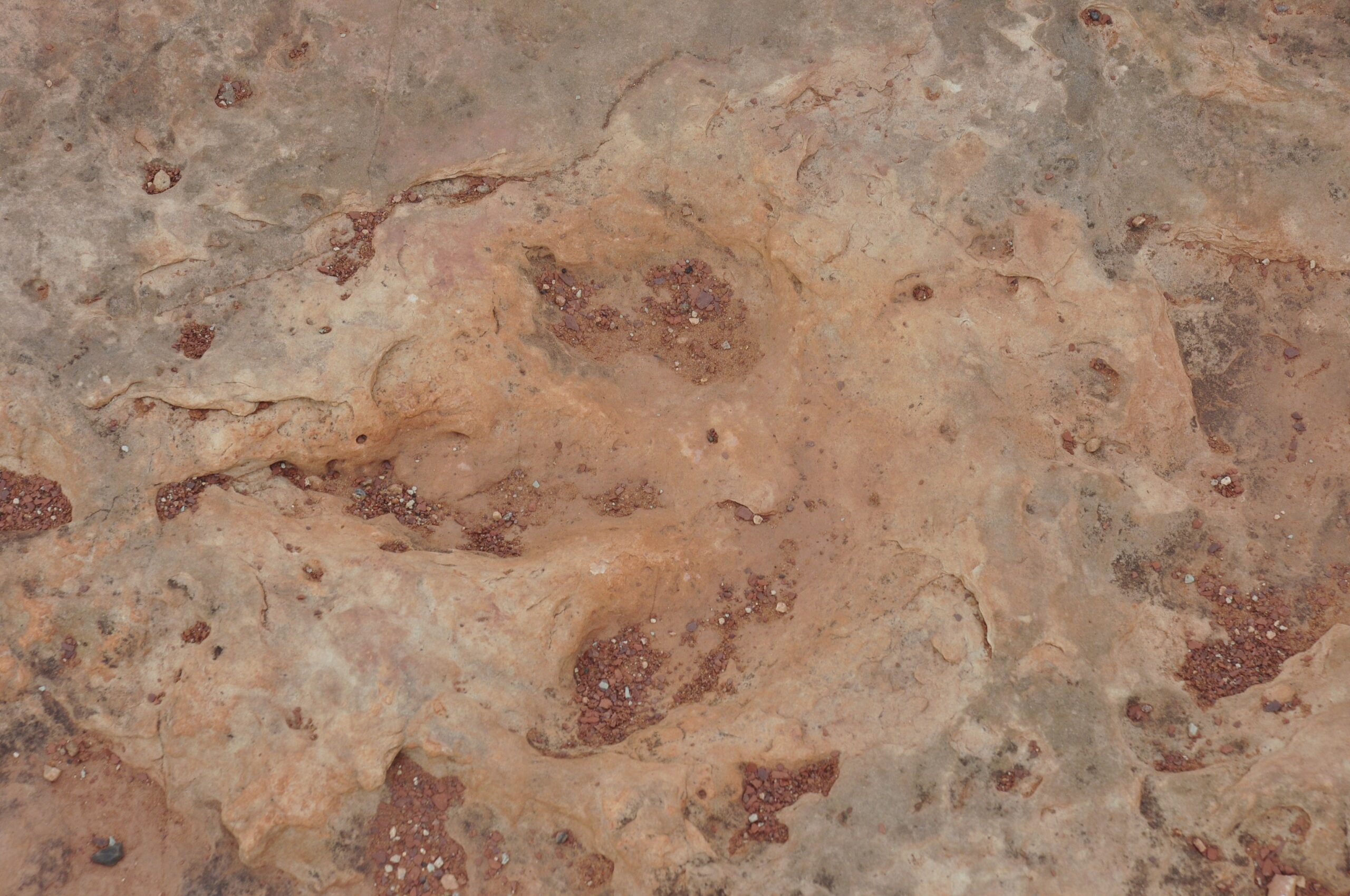
Triassic dinosaur tracks don’t just tell us about the animals themselves – they provide invaluable insights into the environments they inhabited. The preservation of these tracks requires very specific conditions, and studying them helps scientists reconstruct ancient climates, weather patterns, and ecosystem dynamics with unprecedented detail.
Many trackways are found in what were once river floodplains, lake shores, and coastal areas. The seasonal patterns of track preservation reveal information about wet and dry cycles, helping scientists understand how early dinosaurs adapted to changing environmental conditions. Some sites show evidence of dinosaurs returning to the same locations year after year, suggesting established migration routes or seasonal feeding grounds.
The Art of Preservation
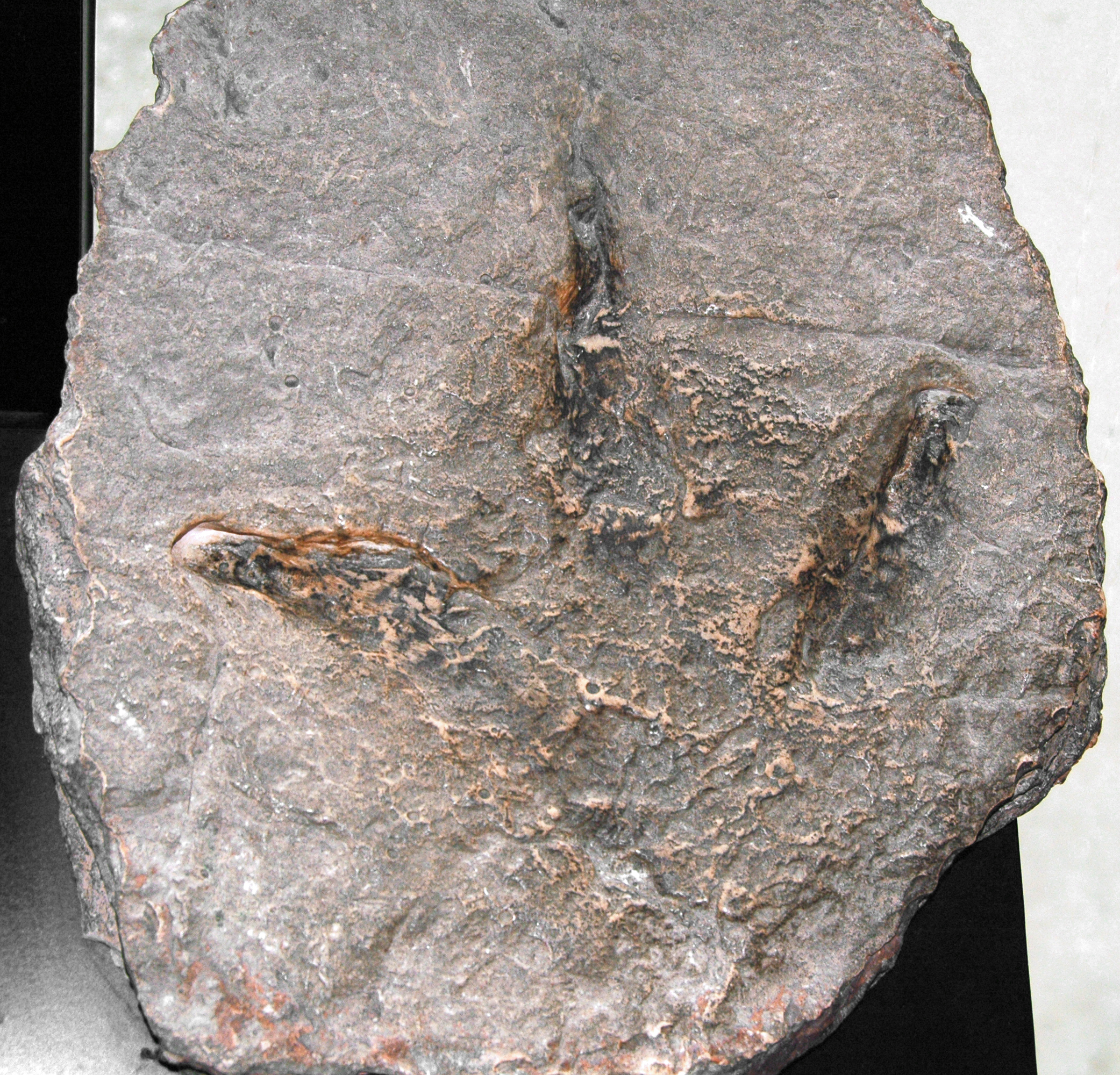
The process by which these ancient footprints became fossils is almost as remarkable as the creatures that made them. Perfect preservation required a delicate balance of environmental conditions – the sediment had to be just the right consistency, and the tracks had to be covered quickly enough to prevent erosion but gently enough to avoid destruction.
Some of the best-preserved Triassic tracks were formed in environments where dinosaurs walked across wet sand or mud that was then rapidly covered by wind-blown sediment or flash floods. The chemistry of the sediment also played a crucial role, with certain mineral compositions being more conducive to long-term preservation than others.
Global Footprint Networks
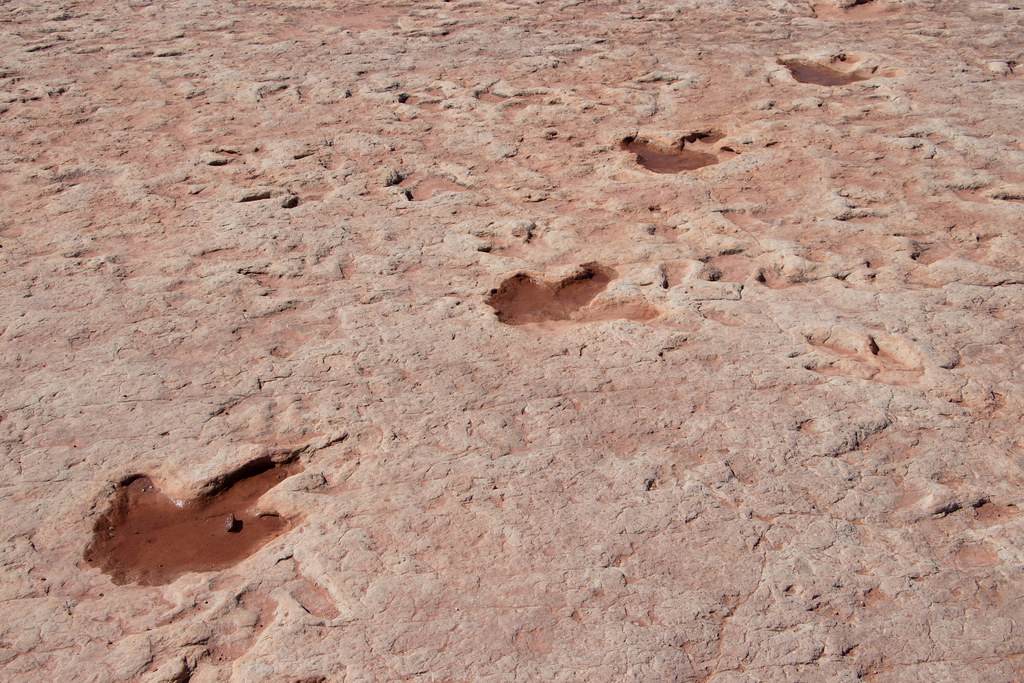
Triassic dinosaur tracks have been discovered on every continent except Antarctica, revealing a global distribution of early dinosaur populations. This worldwide presence suggests that dinosaurs were already highly successful and adaptable creatures, capable of thriving in diverse environments across the ancient supercontinent of Pangaea.
The similarity of track types found in widely separated locations indicates that early dinosaurs were remarkably cosmopolitan. Species that lived in what is now North America made tracks virtually identical to those found in Europe, Africa, and South America. This global distribution would set the stage for the incredible success dinosaurs would enjoy throughout the Mesozoic Era.
Technology Meets Paleontology

Modern technology has revolutionized the study of ancient footprints, allowing scientists to extract information that would have been impossible to obtain just a few decades ago. High-resolution 3D scanning, digital modeling, and advanced imaging techniques have revealed details invisible to the naked eye, opening new windows into the lives of Triassic dinosaurs.
Laser scanning technology can now capture the exact topography of fossilized footprints, allowing researchers to analyze pressure distributions and foot mechanics with incredible precision. Computer modeling helps scientists understand how these ancient creatures moved, while comparative analysis with modern animals provides insights into their behavior and physiology.
The Missing Link Evidence
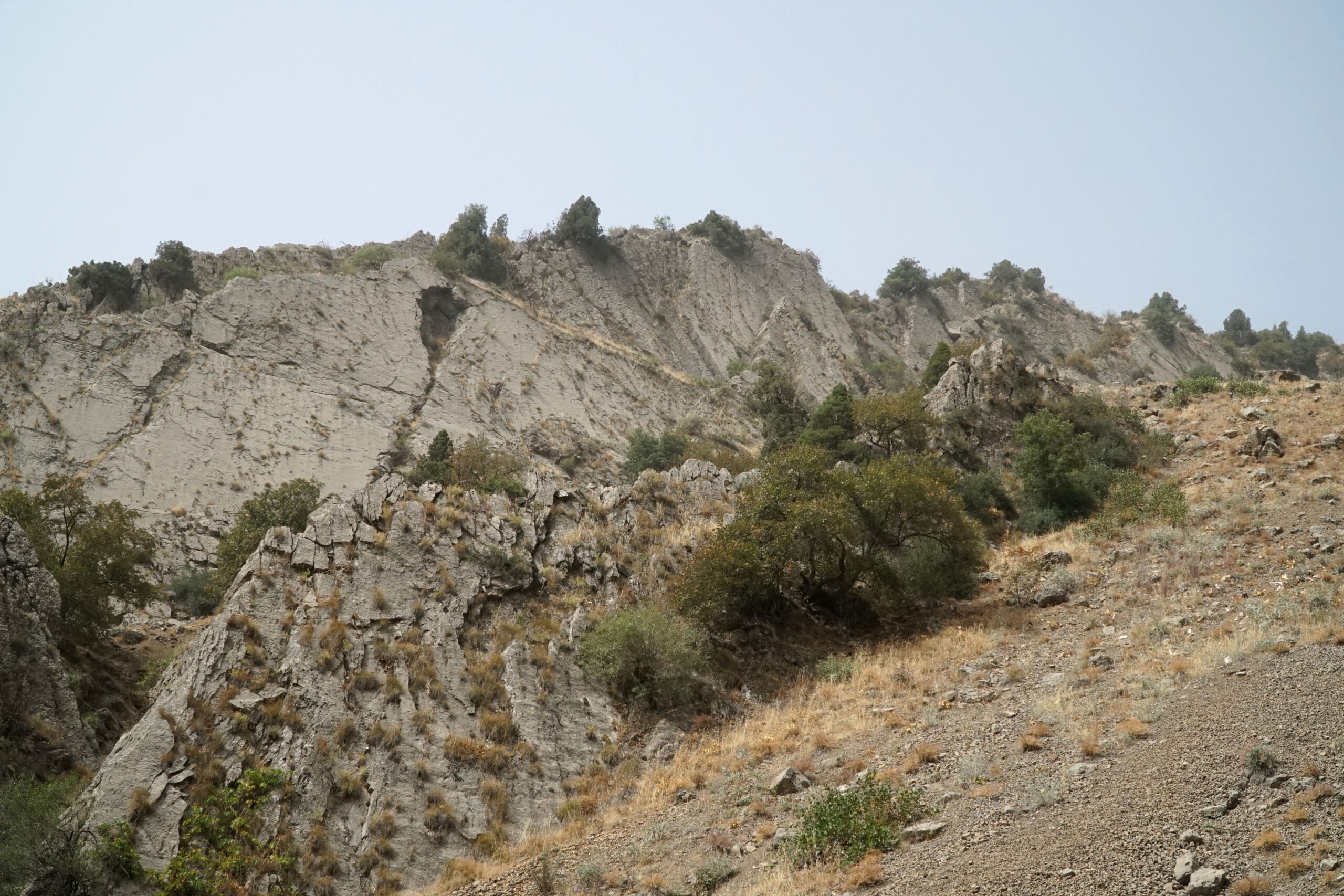
Triassic dinosaur tracks provide crucial evidence for understanding the evolutionary transition from earlier archosaurs to true dinosaurs. The fossil record of actual dinosaur bones from this period is relatively sparse, making trackways invaluable for filling in the gaps in our knowledge. These footprints offer direct evidence of dinosaur presence and behavior during this critical evolutionary period.
The tracks show a clear progression from the sprawling gait of earlier reptiles to the more upright posture that would become characteristic of dinosaurs. This evolutionary transition is preserved in stone, allowing scientists to trace the development of one of the most successful groups of animals in Earth’s history.
Climate Change Chronicles
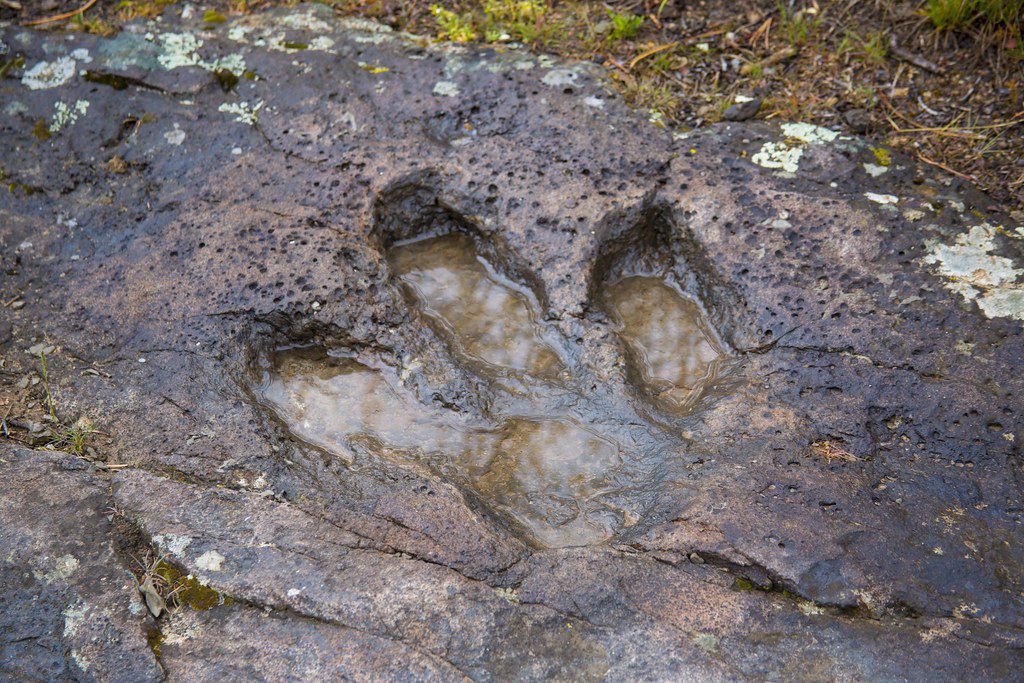
The distribution and preservation of Triassic dinosaur tracks provide valuable insights into how ancient ecosystems responded to climate change. The Late Triassic Period was characterized by significant environmental upheaval, including volcanic activity and shifting weather patterns. Dinosaur trackways help scientists understand how these early creatures adapted to and survived these challenging conditions.
Changes in track density and distribution over time reveal how dinosaur populations responded to environmental pressures. Some areas show evidence of population booms during favorable climatic periods, while others indicate migrations to more suitable habitats during times of environmental stress. These patterns provide important lessons for understanding how modern ecosystems might respond to current climate change.
The Behavioral Revolution
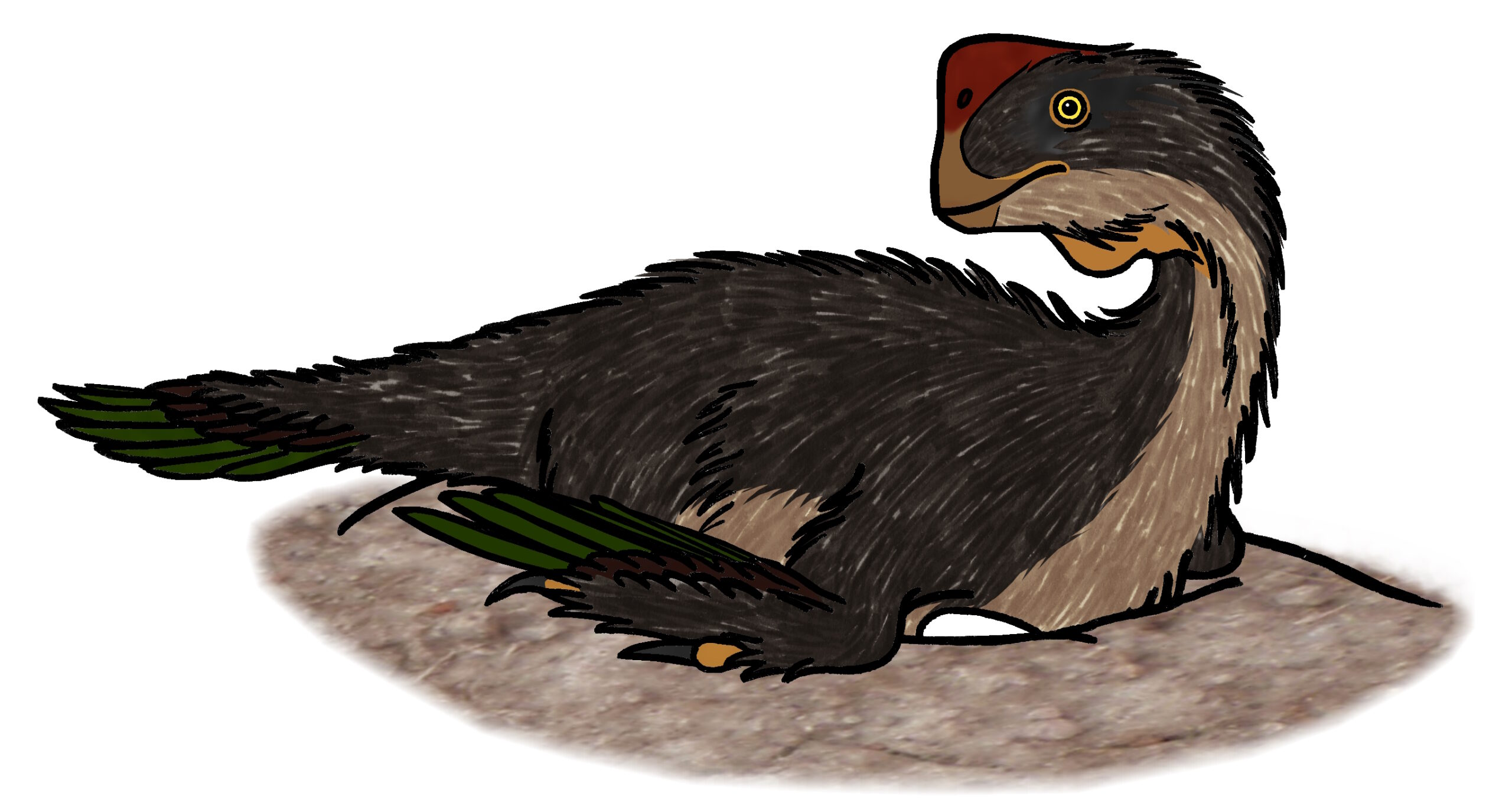
Perhaps the most significant contribution of Triassic dinosaur tracks is their revelation of complex behaviors that were previously unknown in early dinosaurs. Evidence of parental care, territorial behavior, and even play activities has been inferred from certain trackway patterns. These discoveries have fundamentally changed our understanding of dinosaur intelligence and social complexity.
Some trackways show evidence of adults slowing their pace to accommodate smaller individuals, suggesting family groups traveling together. Others indicate territorial marking behaviors, with certain areas showing repeated visitation by the same individuals. These behavioral insights paint a picture of early dinosaurs as sophisticated, socially aware creatures rather than simple predators and prey.
Future Discoveries Await
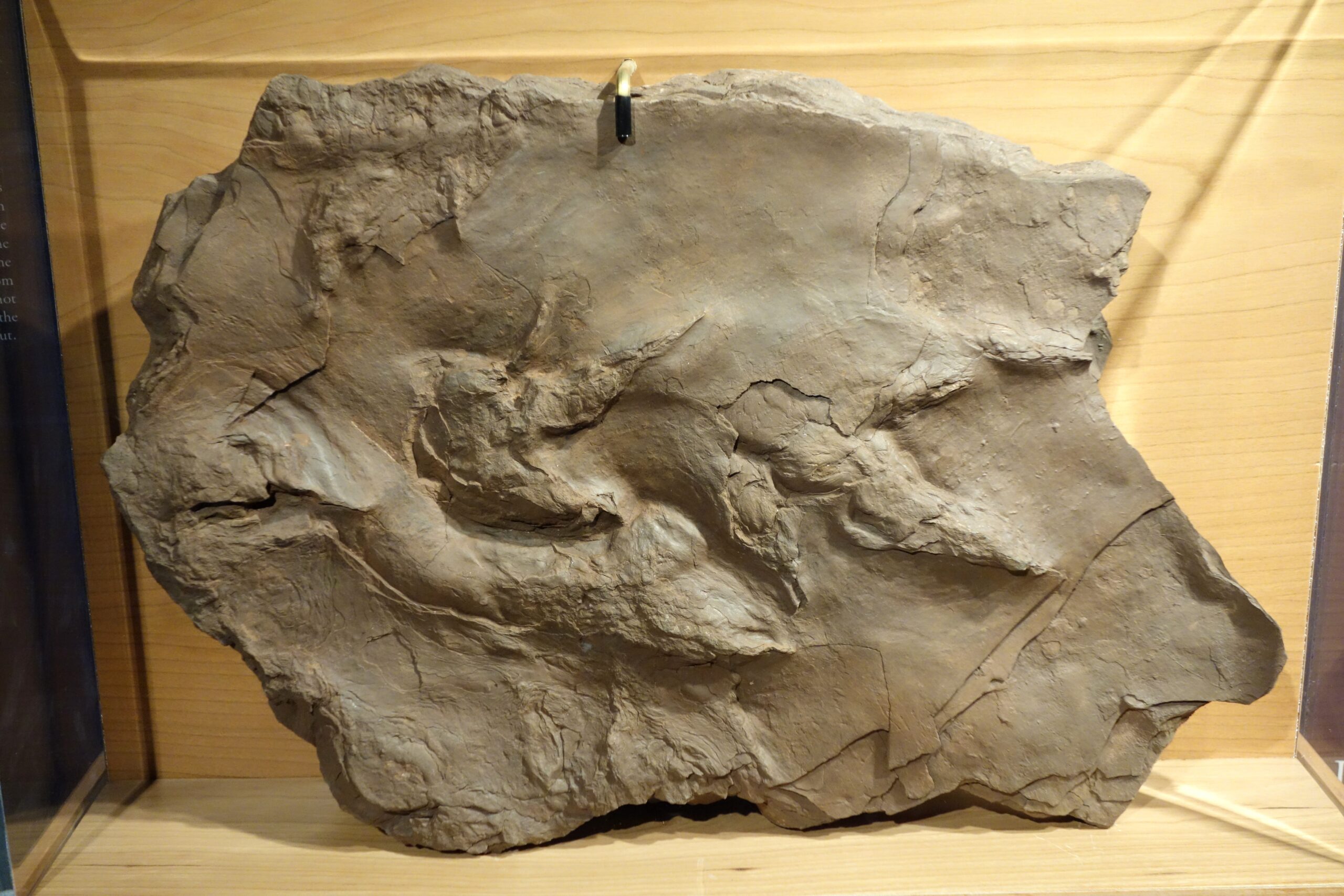
The study of Triassic dinosaur tracks continues to yield new discoveries and insights. As technology advances and new fossil sites are discovered, our understanding of these ancient creatures grows more complete. Recent discoveries have revealed new species, previously unknown behaviors, and unexpected ecological relationships that continue to reshape our view of early dinosaur life.
The potential for future discoveries remains enormous, with vast areas of Triassic rock formations still unexplored. Each new trackway has the potential to reveal new aspects of dinosaur biology, behavior, and evolution. Climate change and natural erosion processes are also exposing new fossil sites, providing ongoing opportunities for discovery and research.
These ancient footprints continue to walk us through the story of life on Earth, one step at a time. They remind us that every creature, no matter how long extinct, once lived, breathed, and moved across the landscapes of our planet. The Triassic tracks are more than just fossils – they are the preserved memories of Earth’s most successful inhabitants, waiting to share their secrets with anyone curious enough to listen. What stories might still be waiting to be discovered in the rocks beneath our feet?



